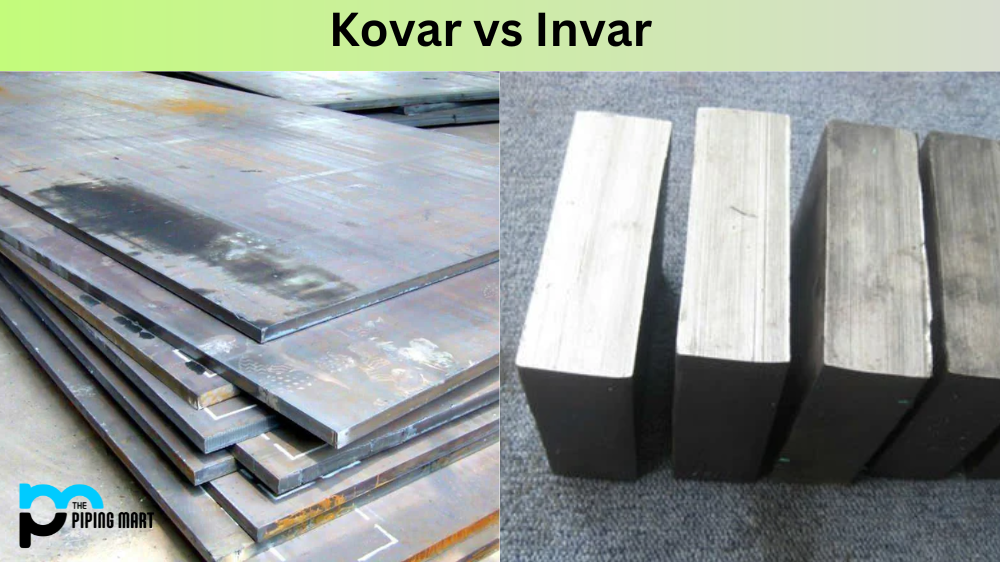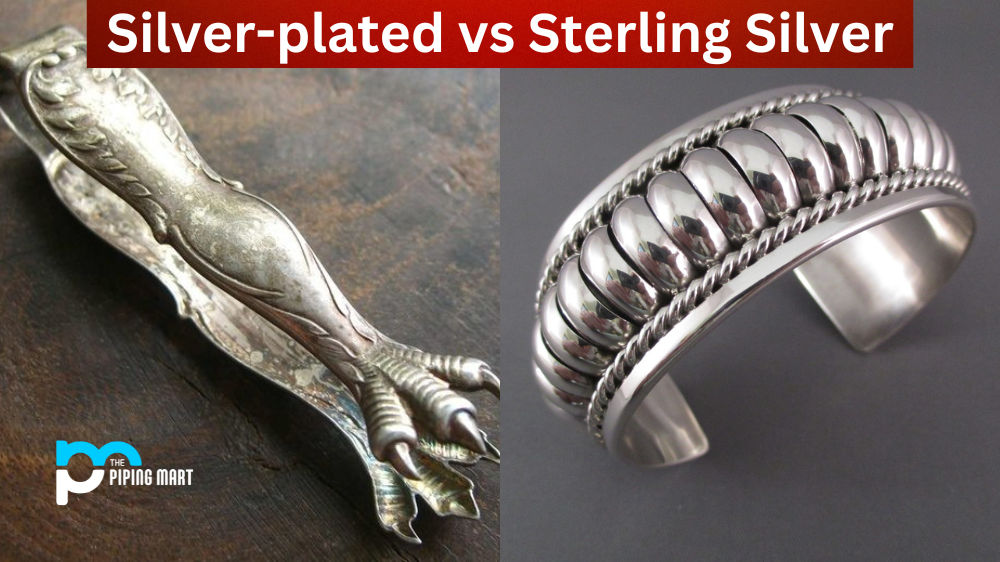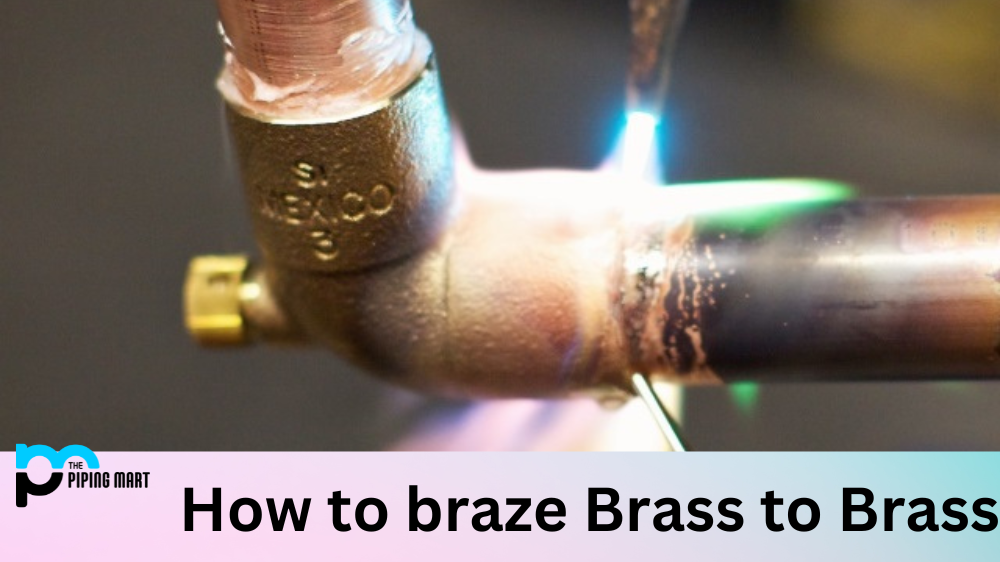Kovar and Invar are two well-known materials in the manufacturing industry, particularly in creating sensitive electronic equipment. Kovar, also known as ASTM F15, is a nickel-cobalt ferrous alloy, while Invar, or nickel-iron alloy, is composed of nickel and iron in equal amounts. Both materials boast similar properties, such as low thermal expansion and high strength, but what sets them apart? This blog post will delve deeper into Kovar vs Invar to help you determine which material is best for your application.
What is Kovar?
Kovar is an iron-nickel-cobalt alloy with a coefficient of thermal expansion similar to that of hard, or borosilicate, glass. It offers excellent machinability and an ability to form complex shapes with tight tolerances. This makes it ideal for sealed electronic components such as metal-ceramic packages. Kovar also provides good thermal shock and chemical corrosion resistance, making it perfect for electrical housing and optical reflectors.
What is Invar?
Invar is an iron-nickel alloy with a negligible coefficient of thermal expansion. It’s well-suited for many applications due to its low thermal expansion rate, excellent machinability, and high strength at elevated temperatures. Invar has long been used in electronic devices, clocks, and other precision instruments due to its stability over wide temperature ranges.
Difference Between Kovar and Invar
Physical Properties
Kovar has a high melting point of 1430°C and a density of 8800 kg/m³, while Invar has a slightly lower melting point of 1425°C and a thickness of 8100 kg/m³—both are relatively dense metals. Kovar also has a thermal coefficient of 4.57 x 10^-6 m/mK, close to that of hard glass. On the other hand, Invar has a coefficient of 1.2 x 10^-6 m/mK, making it an excellent thermal insulator. Regarding magnetic properties, both metals are ferromagnetic, which means they can be magnetized. Kovar exhibits a strong magnetic response, while Invar is magnetically soft.
Applications
Kovar and Invar are commonly used in various sectors, including aerospace, telecommunications, and electronics. Kovar is often used for electronic packages and vacuum-sealed devices due to its low thermal expansion and minimal outgassing properties. The material is also used in airtight containers, transistors, and ceramic mounting. On the other hand, Invar is prized for its thermal stability and is often used in scientific instruments and precision optical devices, such as telescope mirrors and interferometers.
Processing
Kovar is typically machined with oil-based lubricants and water-soluble cutting fluids. The metal can also be formed easily by cold or hot rolling, pressing, and forging. Invar is more challenging to machine due to its hardness and toughness. Forming methods such as spinning or stamping must be performed in a controlled environment to ensure dimensional stability.
Cost
As with any raw material, cost plays a significant role in determining which one to use. Kovar is relatively cheaper than Invar due to the latter’s precise composition and manufacturing process. However, depending on the application’s specific needs, the cost difference may be negligible.
Conclusion
Kovar and Invar are exceptional materials with unique properties suitable for specific applications. Kovar’s low thermal expansion and minimal outgassing properties make it a viable option for electronic packages and vacuum-sealed devices. In contrast, Invar’s exceptional thermal stability makes it ideal for precise optical devices. In summary, when comparing Kovar vs Invar, consider the physical properties, application requirements, processing methods, and cost to determine which material best fits your particular needs.

Abhishek is a seasoned blogger and industry expert, sharing his insights and knowledge on various topics. With his research, Abhishek offers valuable insights and tips for professionals and enthusiasts. Follow him for expert advice on the latest trends and developments in the metal industry.




